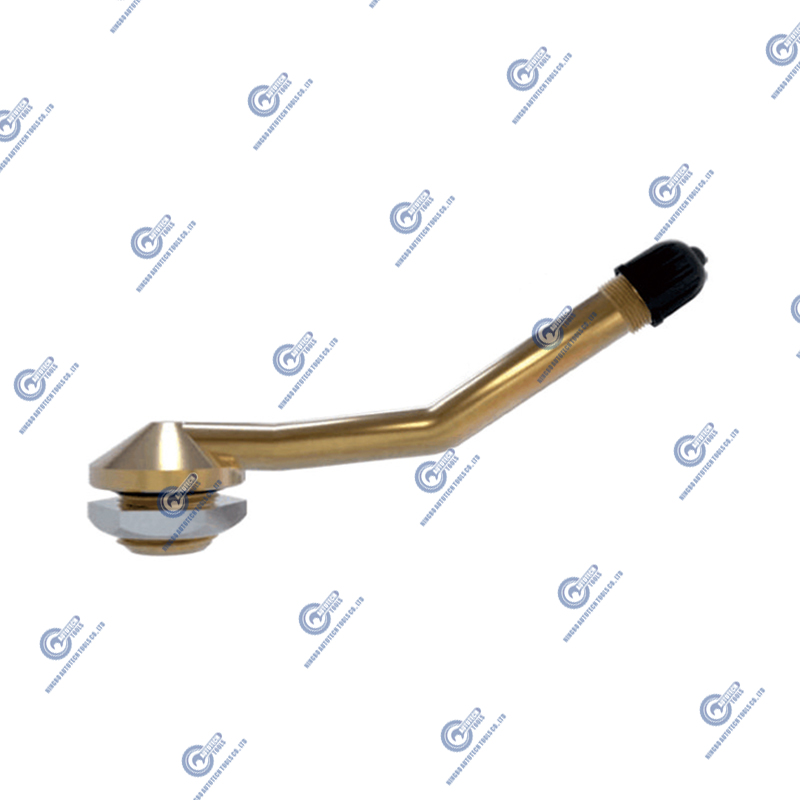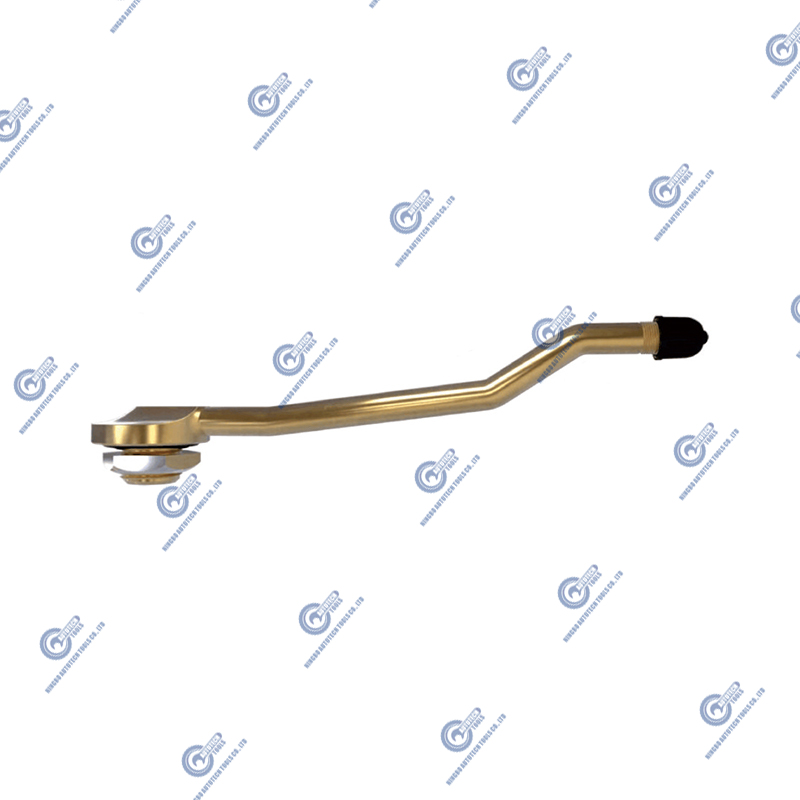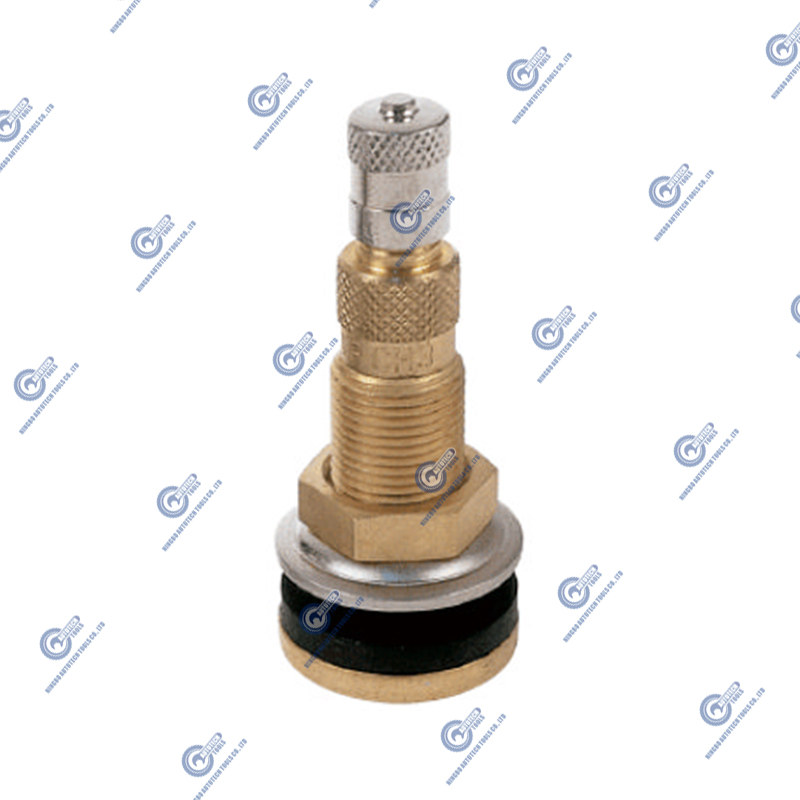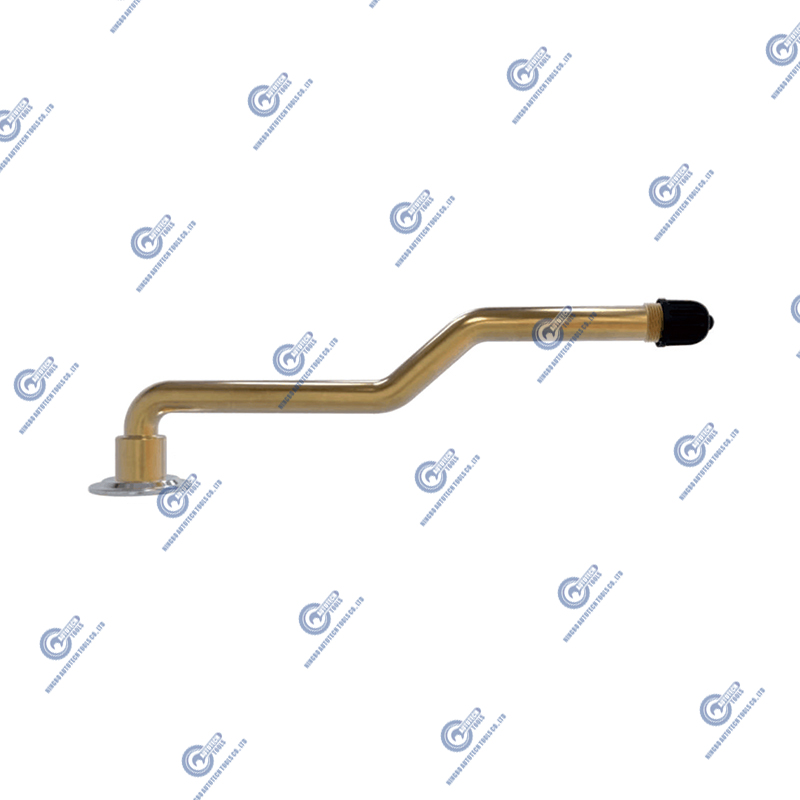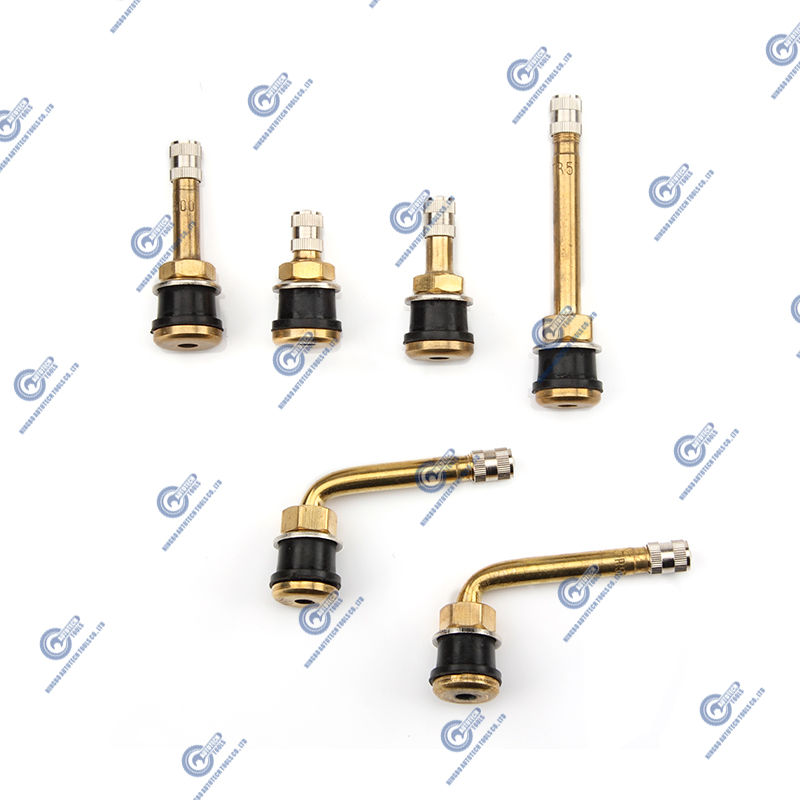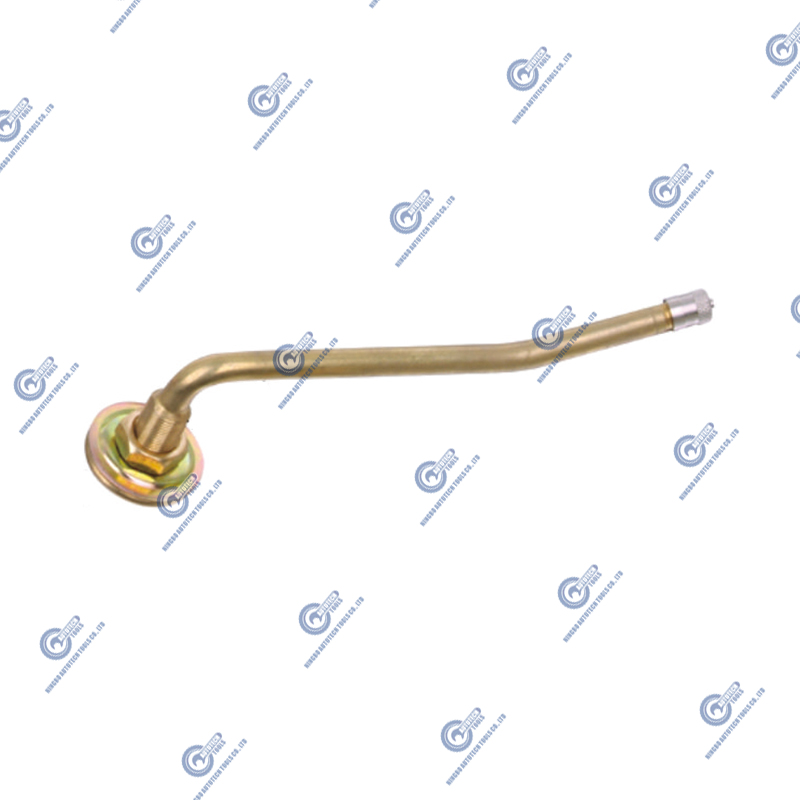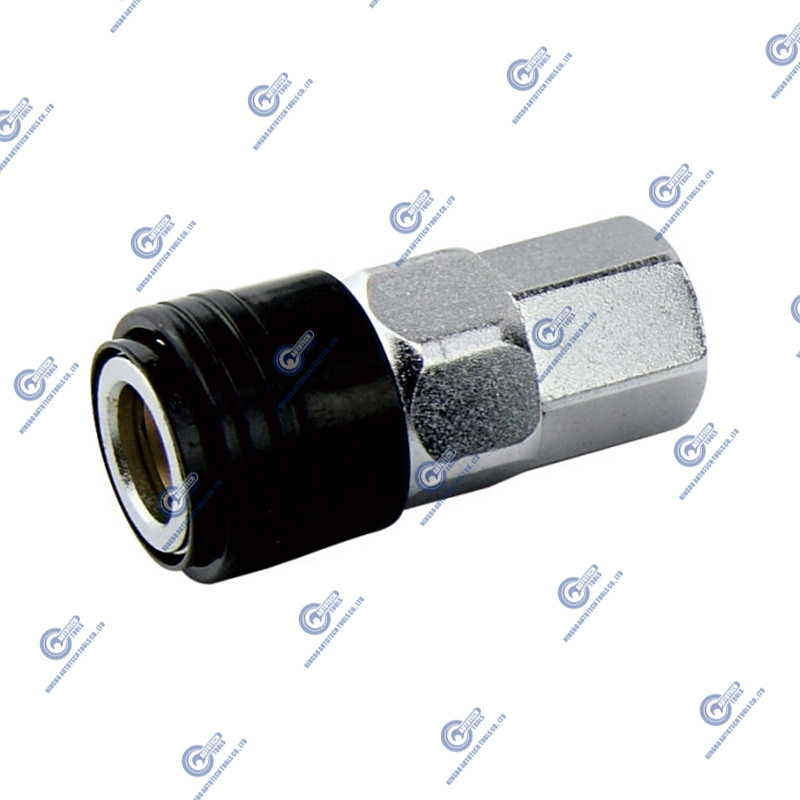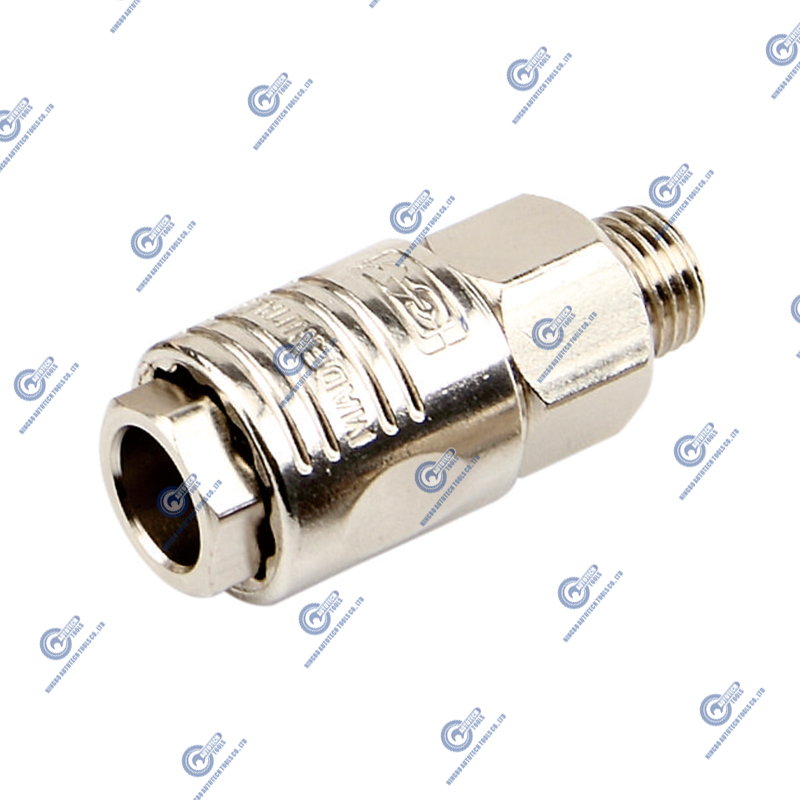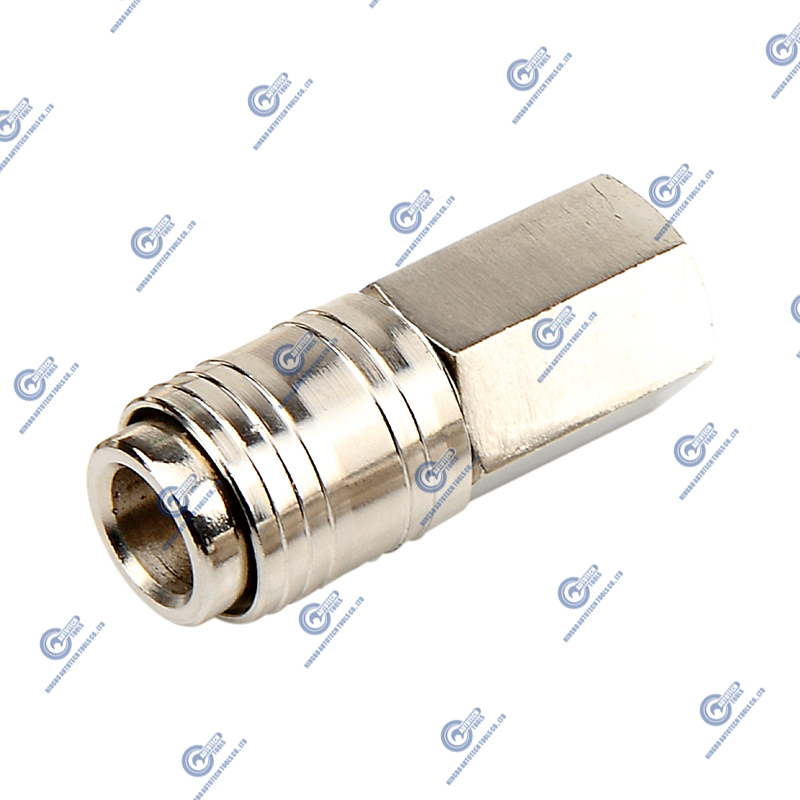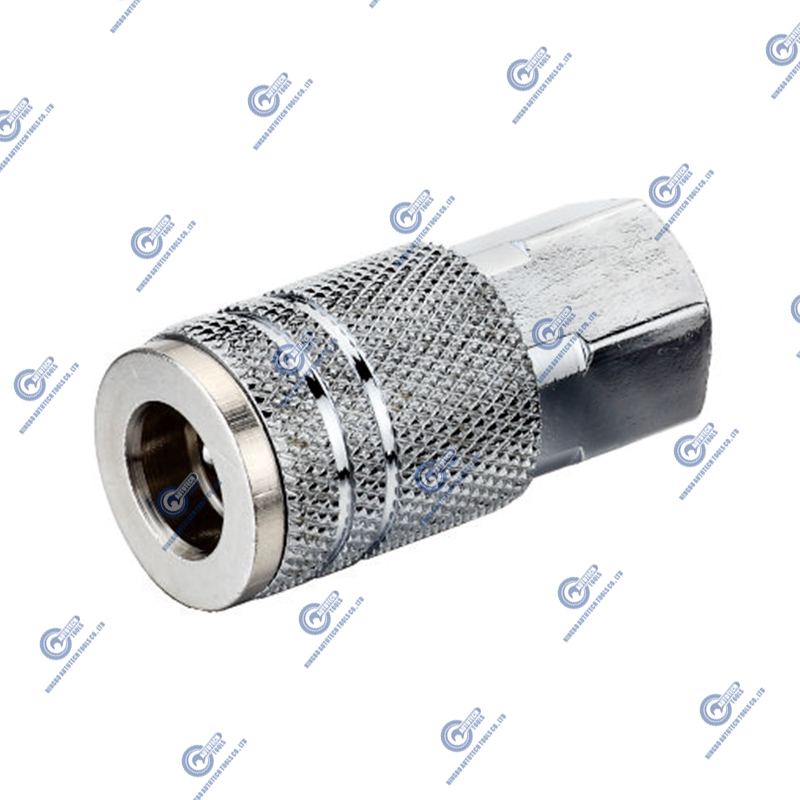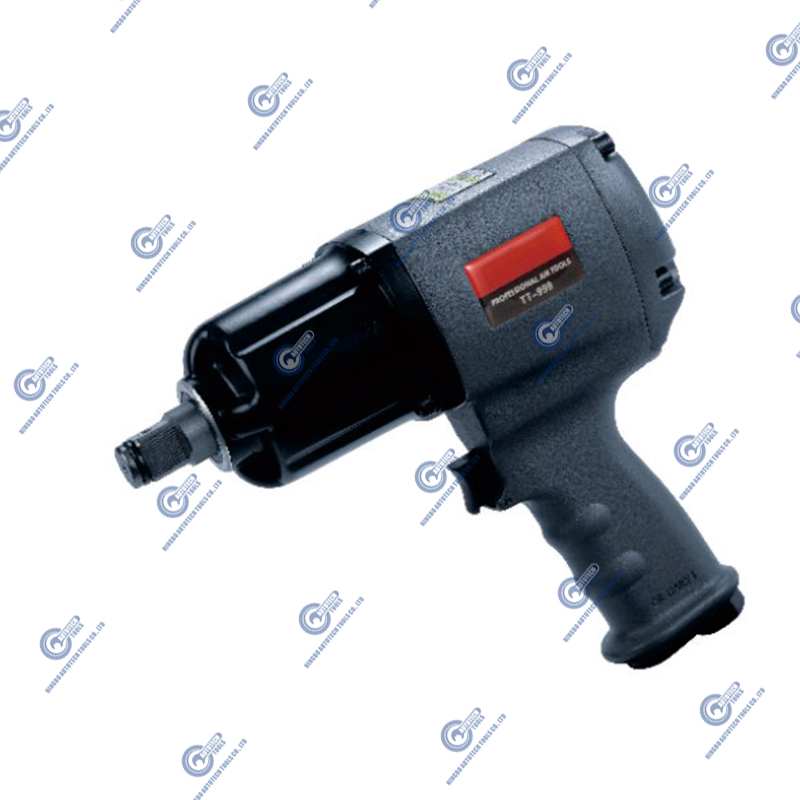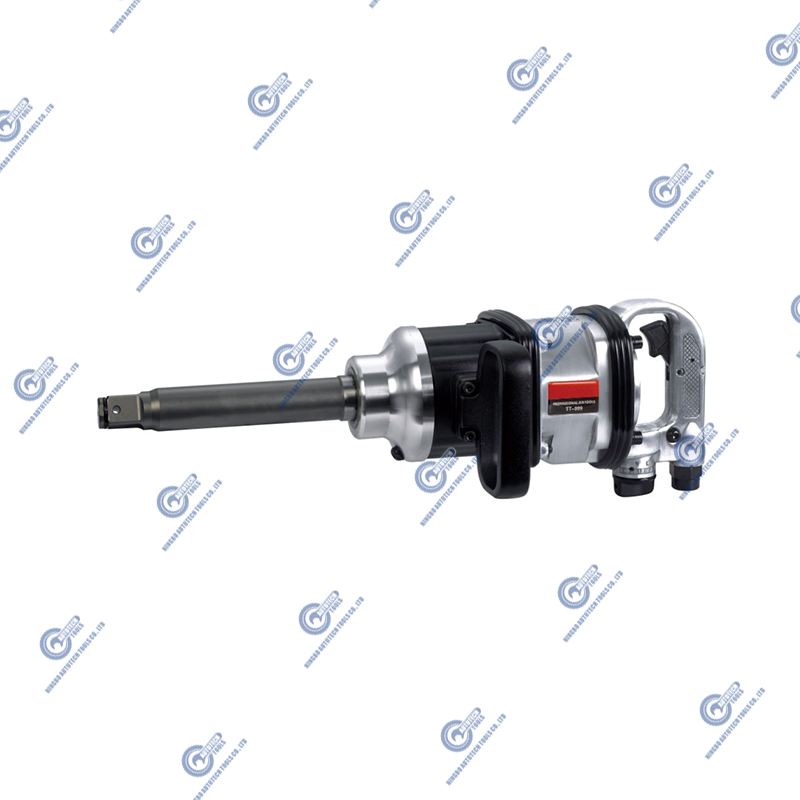What is a Snap-in Tubeless Tire Valve?
 2025.05.26
2025.05.26
 Industry news
Industry news
Snap-in Tubeless Tire Valve is a valve assembly widely used in tubeless tires. Unlike traditional tubeless tire valves, snap-in valves use a "snap-in" installation method, making them a common valve type in modern vehicle tires, especially in tires of cars, motorcycles, trucks and other types of vehicles.
This valve is usually composed of two parts: rubber and metal. The rubber part is flexible in design and can adapt to the shape of different types of rims to ensure good sealing and stable air pressure. The metal part is responsible for air delivery and inflation. The rubber part is specially designed to fit tightly with the rim, which can effectively prevent air leakage during installation. The metal valve core is usually corrosion-resistant to prevent damage from the external environment.
The installation method of snap-in tubeless tire valve is very simple, and it does not require additional tools or complicated operations. Users only need to insert one end of the valve into the valve hole in the rim, and then use a certain amount of pressure to snap the valve into the rim to complete the installation. Since this installation method does not require the use of additional tools, snap-in valves have become a very convenient choice for changing and maintaining tires.
During use, the Snap-in valve can effectively maintain the air pressure inside the tire. Its design ensures that no air leaks occur during the inflation process, ensuring that the tire pressure is always maintained at the optimal level when the vehicle is driving. Stable air pressure has a vital impact on the vehicle's handling, safety, and fuel efficiency.
This valve usually has certain cost advantages due to its simple installation method. Compared with other types of valves, the Snap-in valve has a lower manufacturing cost, so it is often used in the mass market. It is not only suitable for passenger car tires, but also widely used in various types of vehicles such as motorcycles and trucks. This valve not only improves the sealing of the tire, but also reduces the safety hazards that may be caused by unstable tire pressure.



